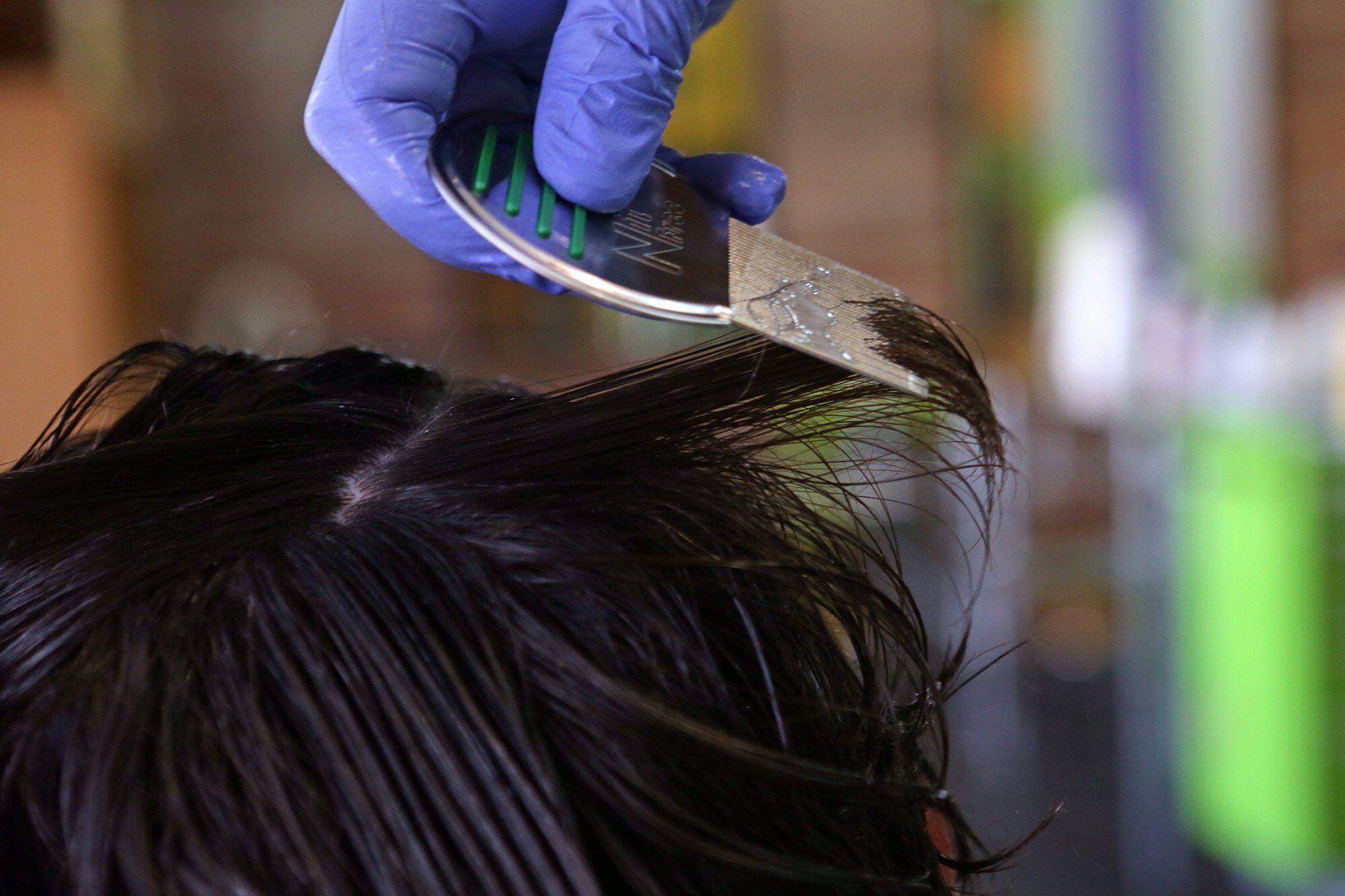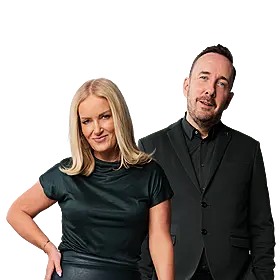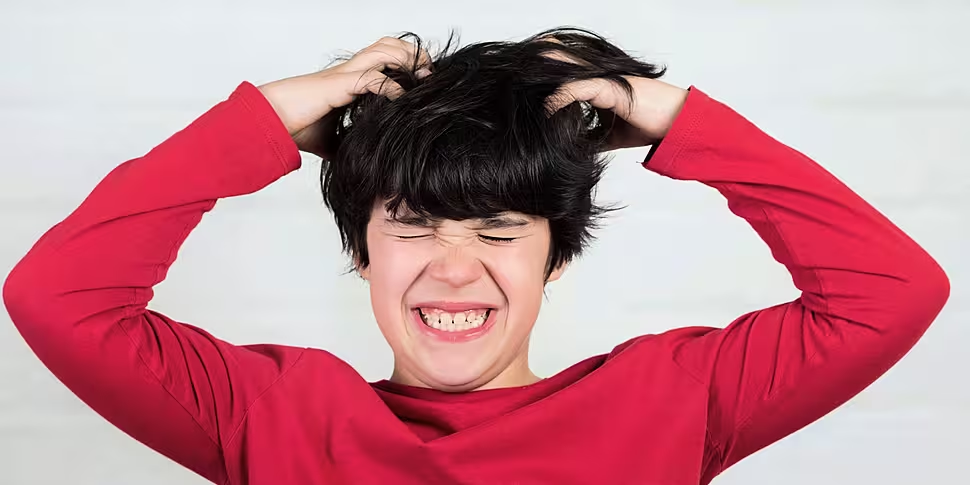It's back to school season and that means the return of one thing: itchy heads.
Head lice and nits are very common in young children and they live in clean and unwashed hair.
They are usually spread through head-to-head contact.
Trichologist Carol Johnson told Moncrieff the difference between lice and nits.
"The head lice, or louse as I refer to it, affects the scalp or pubic hair," she said
"When the eggs are laid they're referred to as the nits, but the female louse is what will lay the eggs.
"She's quite a big parasite and the male is smaller.
"The easiest way to describe this is this is the thing that affects human beings - fleas will suck the blood of a dog and head louse will suck human blood.
"That's how they live and they need it to exist."
 A person receives a head lice treatment, 28-8-15. Image: Associated Press / Alamy
A person receives a head lice treatment, 28-8-15. Image: Associated Press / AlamyMs Johnson said schools are a common breeding ground for them.
"School is very favourable to them because there's a lot of close contact," she said.
"Long hair, typically girls much more so them than boys, [but] it doesn't come down to male or female
"It's more to do with how somebody has their hair growing.
"If it's long and it's fine, this is great because this is almost like a way of the lice getting into the scalp - they climb and they jump."
'Transmit very easily'
Ms Johnson said lice can also live on surfaces.
"So children sharing things like hats or even lollipops, combs or brushes - they transmit very easily by direct contact - and [also] sitting on a chair," she said.
"They can live there for a little while or on a pillow.
"The thing that they don't like is the cold - so they don't live very well or they don't hatch in degrees below 22 centigrade.
"So the winter comes they do tend to die off a little bit more than around now."
Ms Johnson said they can change colour as well.
"The actual louse would look like, when it has been feeding for example, it would look like rubies with legs on it because it's going to be full of blood," she said.
"They'll get darker in colour but up until that point, you've a chance of getting them off with the fine combing and maybe like a heavy conditioner.
"But you're always going to miss one and that's how infestation occurs."
'Hair hygiene'
Ms Johnson said shorter hair is a good place to start.
"If you have even a ponytail or [if you] bind up the hair, that's going to be better," she said,
"Poor hair hygiene is the other thing - when you're when your scalp is is clean, it's not a favourable or if there's a scent in your scalp that they don't like they mightn't jump on you either.
"This is where the tea tree shampoos and things have have come about"
She added that people with white skin and longer hair are more susceptible to an infestation.
Listen back here:
More information can be found here









